Description
Lockheed Martin C-130 Hercules and Nemean Lion, Shoulder Patch
Aviators and Crew! Enjoy this official Lockheed Martin C-130 Hercules and Nemean Lion celebrating this venerable aircraft. Hercules and the Nemean Lion are iconic symbols of Greek Mythology and perfectly embodies the C-130 Hercules!
- 3.15 inches
- PVC/ Glow in the Dark
- US Naval Aviator Owned Business
- Officially Licensed by Lockheed Martin
LOCKHEED MARTIN®, C-130 Hercules®, associated emblems and logos, and body designs of vehicles are either registered trademarks or
trademarks of Lockheed Martin Corporation in the USA and/or other jurisdictions, used under license by Squadron Nostalgia LLC
The Lockheed C-130 Hercules is an American four-engine turboprop military transport aircraft designed and built by Lockheed (now Lockheed Martin). Capable of using unprepared runways for takeoffs and landings, the C-130 was originally designed as a troop, medevac, and cargo transport aircraft. The versatile airframe has found uses in other roles, including as a gunship (AC-130), for airborne assault, search and rescue, scientific research support, weather reconnaissance, aerial refueling, maritime patrol, and aerial firefighting. It is now the main tactical airlifter for many military forces worldwide. More than 40 variants of the Hercules, including civilian versions marketed as the Lockheed L-100, operate in more than 60 nations.
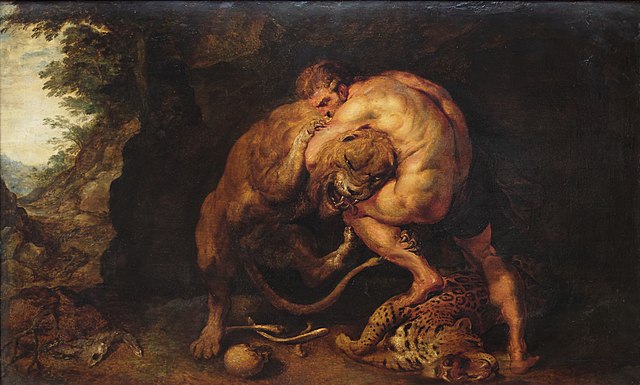
The first of Heracles’ twelve labours, set by King Eurystheus (his cousin), was to slay the Nemean lion.
Heracles wandered the area until he came to the town of Cleonae. There, he met a boy who said that if Heracles slew the Nemean lion and returned alive within 30 days, the town would sacrifice a lion to Zeus; if he did not return within 30 days or he died, the boy would sacrifice himself to Zeus.[5] Another version claims that he met Molorchos, a shepherd who had lost his son to the lion, saying that if he came back within 30 days, a ram would be sacrificed to Zeus. If he did not return within 30 days, it would be sacrificed to the dead Heracles as a mourning offering.
While searching for the lion, Heracles fetched some arrows to use against it, not knowing that its golden fur was impenetrable; when he found the lion and shot at it with his bow, he discovered the fur’s protective property when the arrow bounced harmlessly off the creature’s thigh. After some time, Heracles made the lion return to his cave. The cave had two entrances, one of which Heracles blocked; he then entered the other. In those dark and close quarters, Heracles stunned the beast with his club. He eventually killed it by strangling it with his bare hands.
After slaying the lion, he tried to skin it with a knife from his belt, but failed. He then tried sharpening the knife with a stone and even tried with the stone itself. Finally, Athena, noticing the hero’s plight, told Heracles to use one of the lion’s own claws to skin the pelt.
When Heracles returned on the thirtieth day carrying the carcass of the lion on his shoulders, King Eurystheus was amazed and terrified. Eurystheus forbade him ever again to enter the city; in the future, he was to display the fruits of his labours outside the city gates. Eurystheus warned him that the tasks set for him would become increasingly difficult. He then sent Heracles off to complete his next quest, which was to destroy the Lernaean Hydra.
Heracles wore the Nemean lion’s coat after killing it, as it was impervious to the elements and all but the most powerful weapons. Others say that Heracles’ armour was, in fact, the hide of the Lion of Cithaeron.
According to Alexander of Myndus, Heracles was helped in this labour by an Earth-born serpent, which followed him to Thebes and settled down in Aulis. It was later identified as the water snake which devoured the sparrows and was turned into stone in the prophecy about the Trojan War.[7]
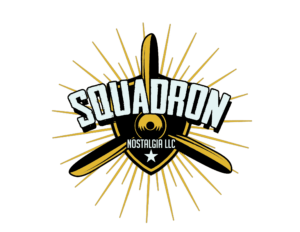
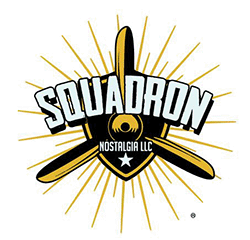

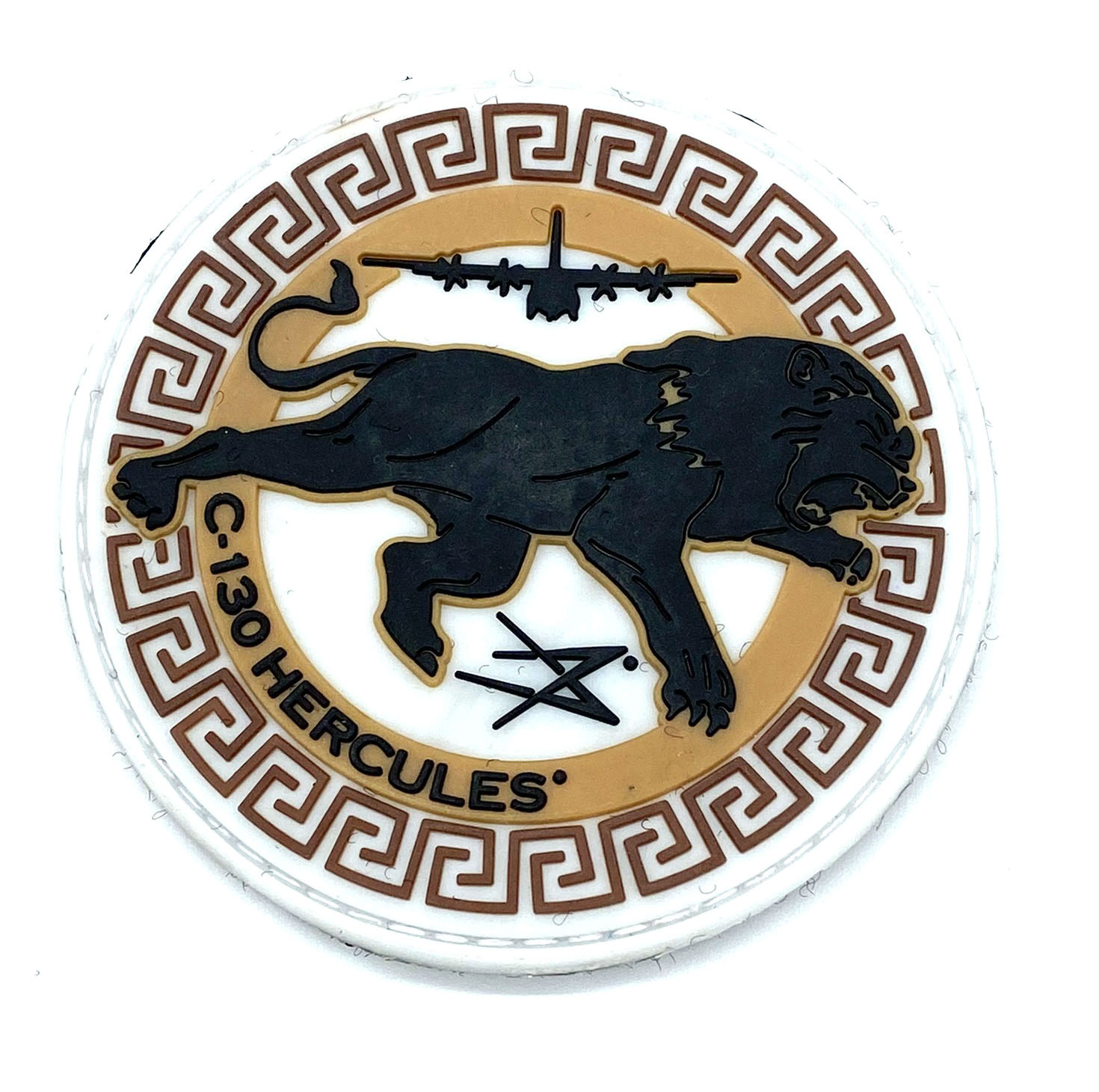

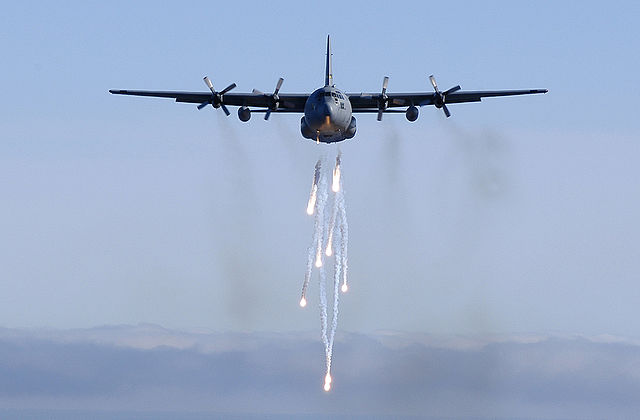
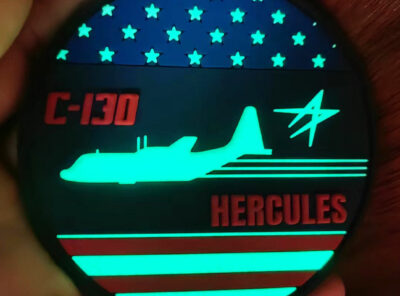
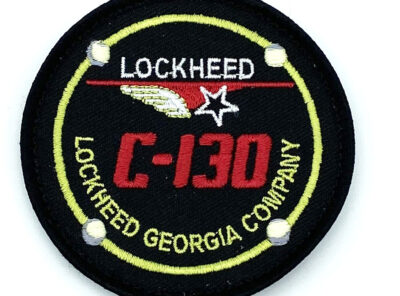
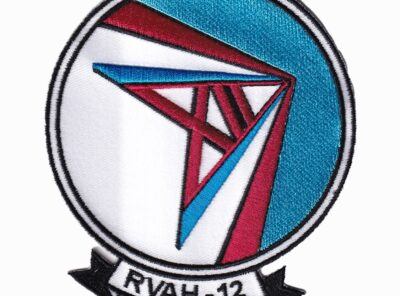
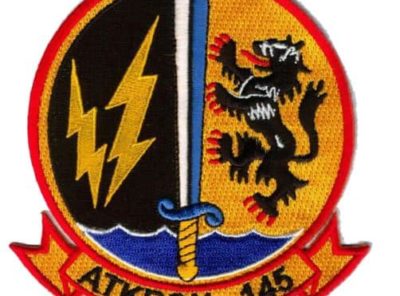
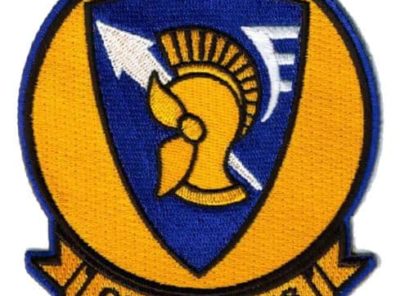
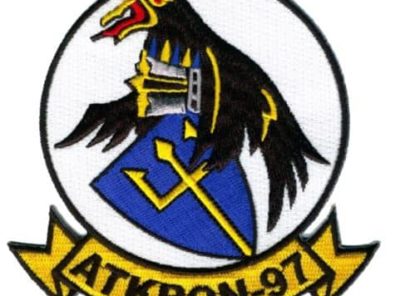
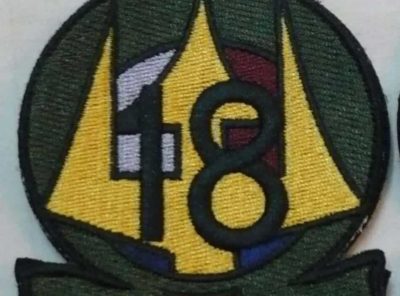
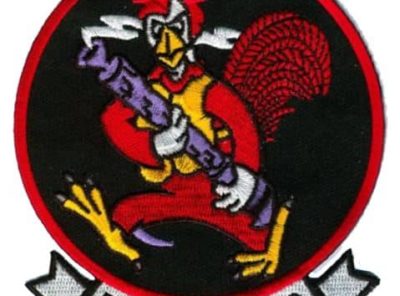
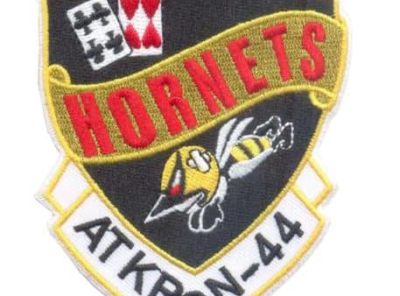
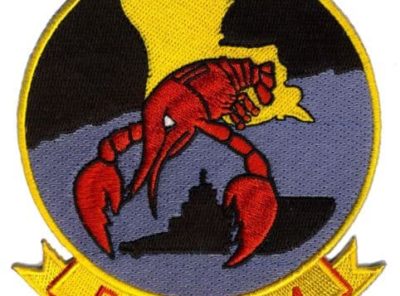
Reviews
There are no reviews yet.